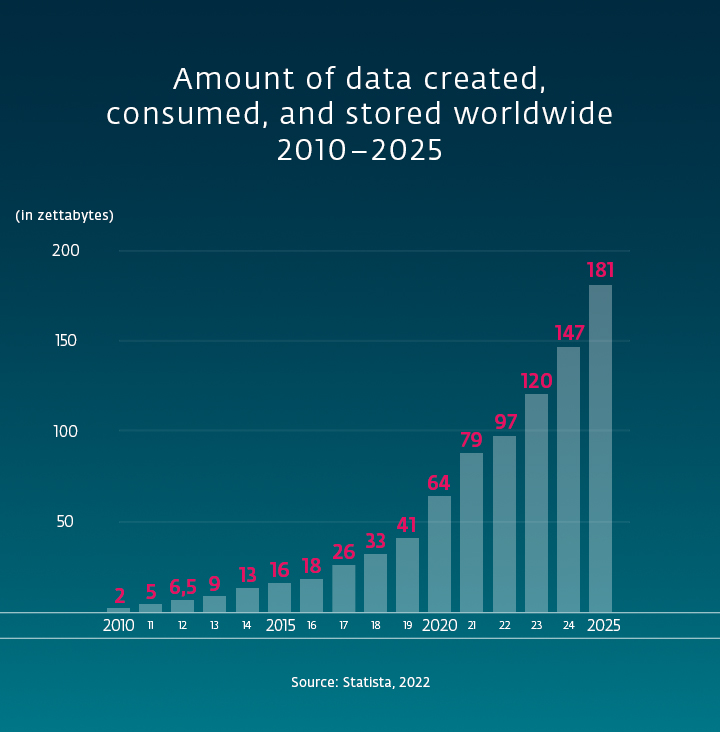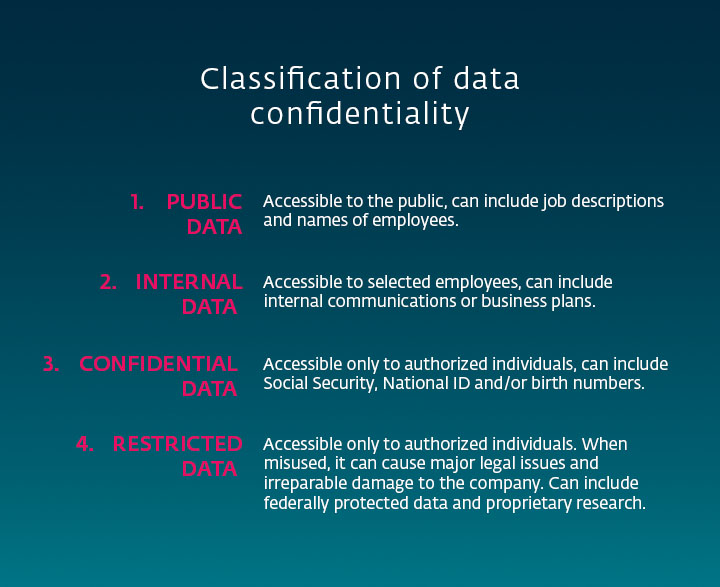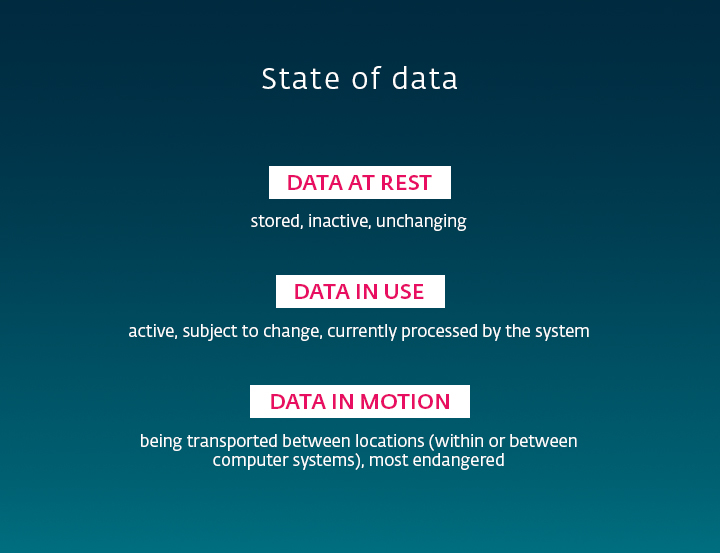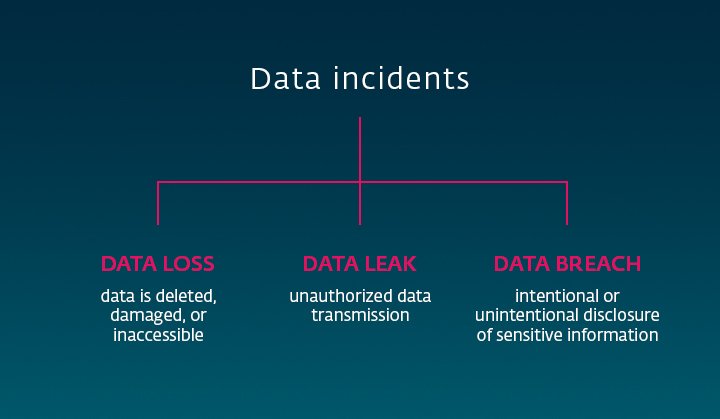Do you know how to categorise various types of data? Can you describe the differences between data loss, leak, and breach? And can you guess what data is the most vulnerable to security incidents? Read on and find out.
Data is an essential part of every business – and each moment, the amount of data existing worldwide increases exponentially. When customers, employees, or clients of your brand entrust you with their digital information, they also expect that you will protect their privacy – and, of course, the sensitive data processed and held by your brand should remain protected as well.
Data protection processes and tools can help you preserve your company’s safety, reputation, and competitive advantage by preventing competitors and cybercriminals from stealing your know-how, innovative ideas, and even clients or employees. When your company’s data gets into the wrong hands, the situation can cost you significant amounts of time, money, and energy. That is why it pays off to have thorough protection.

There are many types of data, and each piece of information deserves an individual approach when it comes to digital security. So, how do you differentiate among the various categories? Many possible criteria can be considered, and thus, the classification systems can be different in each company. Data can be classified manually or automatically based on its contents and context. One type of data categorisation you’ll probably encounter in any business is a classification based on confidentiality.

The further the list of the data above appears, the better you’ll need to protect it. The confidentiality level depends on the data's content, legal requirements (GDPR, for instance), etc. Besides confidentiality, your data can be classified according to its current state into three basic categories.

Finally, to keep your data secure, it helps to know what you are protecting it from. In essence, your business can encounter three basic types of problems.

Data incidents commonly happen at endpoints, including computers, phones, printers, and shared network folders. To protect your endpoints (and more), you can equip your company with a data loss protection – DLP strategy and software – that goes beyond endpoint security solutions to protect your business from having its data leaked outside the company.
Implementing backup and recovery software is essential to data loss protection. Read more about its usefulness and learn how to select the right solution for your company.


